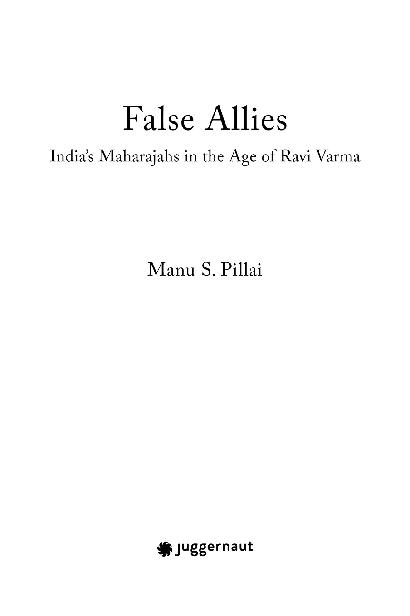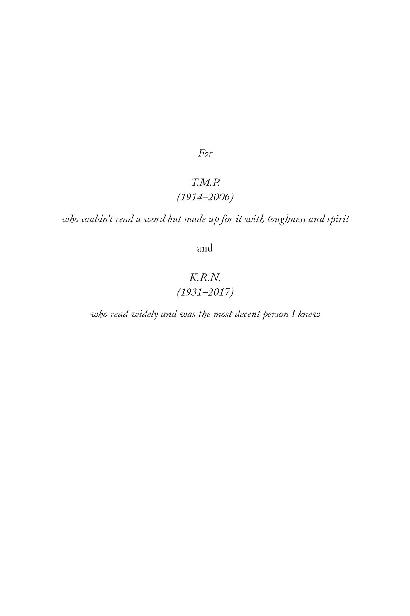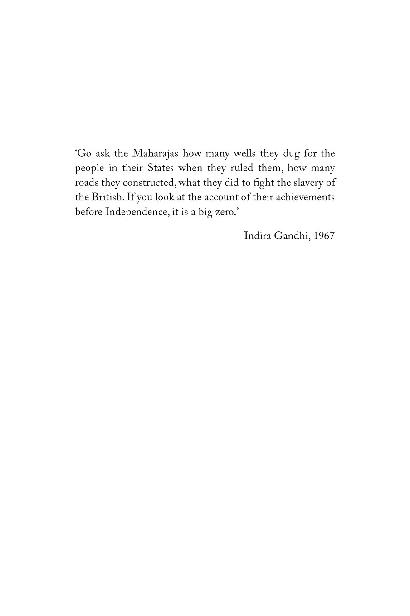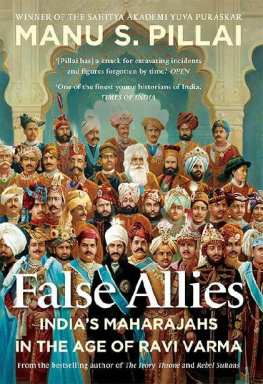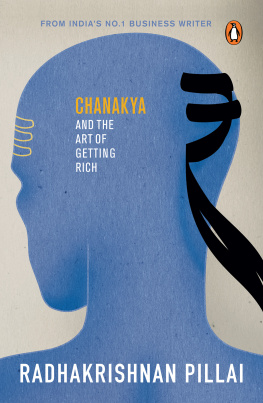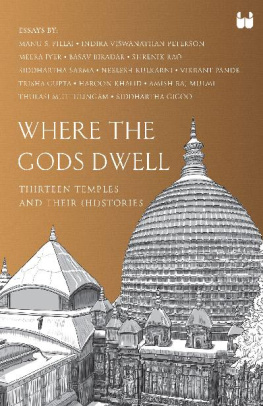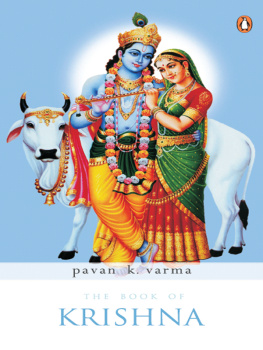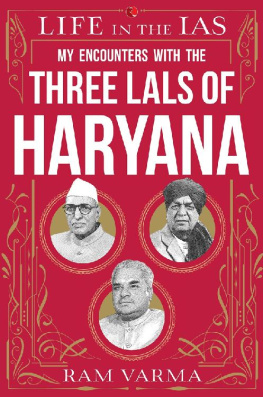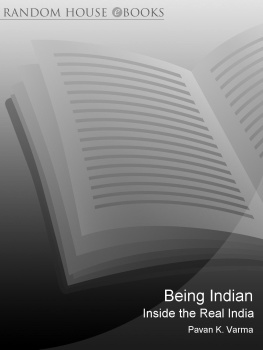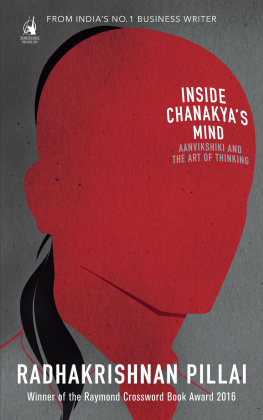Advance praise for the book
Manu S. Pillai has once again given us an enthralling look into a neglected realm of Indian history. False Allies is at once lucid and accessible, all the while maintaining deep scholarly rigor... With the erudition that weve come to expect from his books, Pillai navigates the world of colonial Indian kingship and puts on display the complex and diverse personalities of the princes... and their interactions with their subjects and their colonizers, demonstrating that the period and its actors were far from monolithic. The result is a refreshing work that reframes the Indian princely states as both harbingers of tradition and agents of change, and demands we give them their due for their role in shaping modernity. False Allies is certainly a masterpiece of historical writing.
Caleb Simmons , author of Devotional Sovereignty: Kingship and Religion in India (2020)
Manu S. Pillai has done the double. Hes written a book that general readers will relish and scholars will respect. Using the life and paintings of Ravi Varma, Indias most famous artist of his time, Pillai re-examines some of Indias princely states and their rulers its maharajas. Through admirable research, he discovers skilful modernizers and deft political operators, struggling to keep the British at a distance and modernize in ways acceptable to themselves and their subjects. This cleverly crafted book will delight general readers and lead scholars to re-think ideas about the India of the 19th and early 20th centuries.
Robin Jeffrey , editor of People, Princes and Paramount Power: Society and Politics in the Indian Princely States (1978)
False Allies is a monumental achievement. Its sensitive portraits of Indias princes rescue these long misunderstood figures from caricature and myth. By revealing how artfully Indias princes addressed the challenges posed by colonialism and modernity, Manu S. Pillai makes them at once more human and more grand, and thereby grants them a more fitting place in our collective imagination. Learned, erudite, and wide-ranging, False Allies is a landmark contribution to our understanding of modern India.
Rahul Sagar , author of The Dewan: Raja Sir Tanjore Madhava Rao and the Making of Modern India (forthcoming) and editor of The Progressive Maharaja: Sir Madhava Raos Hints on the Art and Science of Government (2021)
Manu Pillai proves once again why he is one of Indias most popular writers of historical nonfiction. Taking the work of master artist Raja Ravi Varma as inspiration, Pillai here paints his own luminous portrait of some of the colonial subcontinents most significant and flamboyant royals. With scholarly command, a meticulous eye for detail, and a sense of the dramatic, he mingles light and shadow to add rich texture to the regions much maligned maharajahs, revealing complex characters who sometimes managed through perspicacity and perseverance to challenge the might of the British Empire and usher in new, progressive ideas of a modern nation.
Manu Bhagavan , author of Sovereign Spheres: Princes, Education and Empire in Colonial India (2003)
Introduction
The World of Indias Princes
In 1887 a young man of ample proportions climbed on to a tricycle to pose for a famous painter. On his face was a look of doleful seriousness, and in the background were rolling hills and wiry trees. His gaze was directed at the viewer, and the hint of a double chin betrayed both solemnity and the advent of fatal obesity. On its own, the scenery around could belong to any part of the world really, but the subject himself was clearly meant to flaunt a picture of the modern Indian, in step with the times and its impulses. He wore English trousers and shiny shoes, with a dreary dark coat and pocket watch. Indeed, besides ear studs and an embroidered cap, there was no concession at all to the Western stereotype of Eastern opulence here the brown Victorian was swathed in bureaucratic blandness, not silk and colour; if he was exotic, it was only as much as the English queen in whose name starchy civil servants in matching uniform governed his country. In fact, the whole purpose of the portrait, it would seem, was not so much to capture the sixteen-year-olds likeness or flatter his features as to parade his assumed personality. That the effort was received poorly is another matter: in Simla, the summer capital of the British Raj, a critic savaged the subjects matriculation examination kind of expression and the anxious effort to project a modern and progressive air. Instead, he sniffed, the artist the celebrated Raja Ravi Varma ought to have preserved convention. After all, our distinguished tricycle rider was an Indian prince, and flowing white robes with a jewel or three would have served him far better than this European travesty.
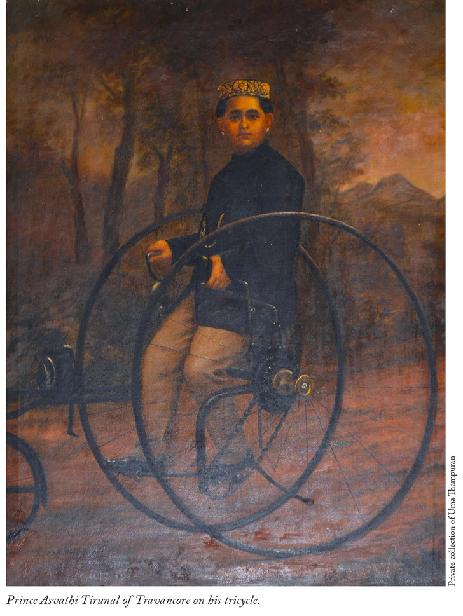
The tricycle, in fact, is the most revealing element in the portrait of Prince Asvathi Tirunal of Travancore (18711900). Of course, in the larger scheme of things, it was the bicycle that prevailed, but for our prince posing atop a Royal Salvo, the objective was clear: he wished to be noted as a member of the cosmopolitan global elite despite his darker shade of skin. While in Europe, even as he sat for Ravi Varma, the tricycle was slowly admitting defeat before its two-wheeled cousin, in India the same object signalled a claim to equality with the British, if not in a racial or political sense, at least in the realm of interests and intellect. The art critic did not appreciate it, and others too might have preferred more glitter and flash in depictions of native royalty. But to sitter and artist both, the idea was not to portray the man as yet another tropical exhibit as much as a serious gentleman of Eastern make but Western polish.
One can see why the prince wished to show himself to the world in this hybrid fashion, for all around were still clichs about Indias maharajahs. Only six years before, for example, a Raj veteran had published a devastating picture of local rulers. It was a caricature really but asserted with force the theme of the hopeless oriental despot. Monstrous and bloated in bulk, hideous and disgusting in appearance, decked with earrings and necklaces like a dancing girl, and tricked out in silks and satins like a popinjay, the ghee-fed Indian prince was little more than a hereditary scoundrel to the censorious mind of this Englishman.
It was in this context that Ravi Varma depicted Asvathi Tirunal in that 1887 painting. It was not the first time the prince made an appearance in such a canvas, having as a boy posed with a brother. That frame presents Asvathi Tirunal with a book, its open page revealing the wonders of America, while his adolescent sibling rests his palm on a globe, tracing its location. Native princes supposedly knew little about countries and kingdoms beyond [their] narrow limits.
Our tricycle rider, however, was decidedly on the progressive side of things. Where in upper India colonial authorities struggled to persuade rajahs to instruct their sons in British-approved methods of administration and thinking, this scion of Travancore keenly embraced English education. Where a forebear, when establishing a college, privately declared it the foundation stone for anti-royal anarchy, Asvathi Tirunal lived to challenge it.
